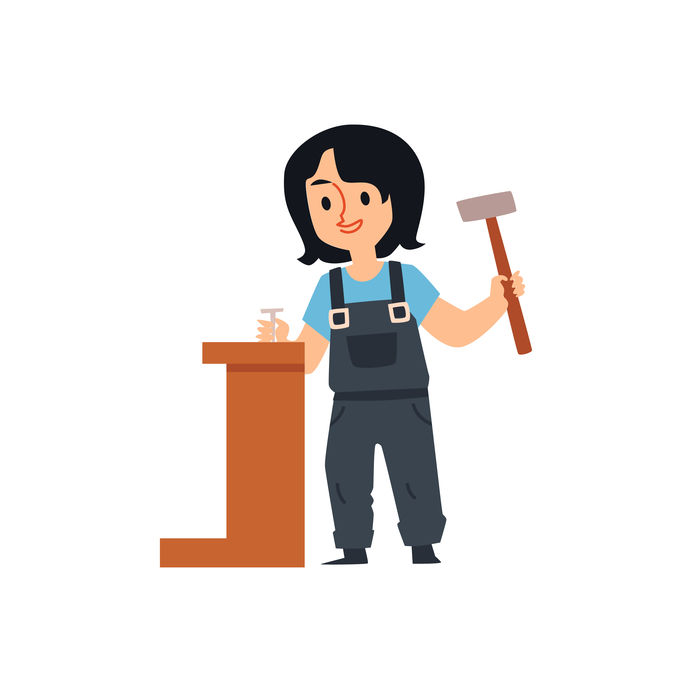
A recent move left my husband and me needing new furniture. Armed with an Ikea gift card, we chose some pieces online. Six flat-packs of furniture arrived a few weeks later, and we got cracking on assembly.
As we pieced the furniture together slat by slat, dowel by dowel, I simultaneously felt we were making short work of the construction and that we would never finish. I recalled other times when I was so immersed in an activity that time flowed past differently. That feeling came with work that was creative in a sense, although I wasn’t making something from scratch: marathon running, knitting and editing a big project came to mind. In all cases, I’ve experienced the passage of time as skewed — at once fast and painfully slow. “In the zone,” some might say.
Knitting appeals to me because I can make something truly my own by choosing the colours and textures of the wool, but I follow someone else’s pattern. When I’m running a race, there are set start and end points, and it’s up to me how I get from point A to point B. When I played piano regularly, I enjoyed playing classical pieces with clear notes on the page and guidelines from the composer. I was nervous playing jazz piano, when the call to improvise left me feeling ambushed.
The creativity of editing
Similarly, with editing, I enjoy sculpting the author’s work and exercising my creativity and discretion. There is a kind of freedom in editing that, for me, is lacking in writing. The author has already decided on start and end points, as the designer decides how long the sweater will be and the composer on how the piece of music should be played. I can shape an author’s work within set boundaries and have an influence on the reader’s experience getting from point A to point B. Editing allows me to be creative without the pressure of building something from nothing.
All these activities necessitate proper planning before you immerse yourself, as small mistakes in the beginning can cause trouble later. There’s nothing worse than getting near the end of a project and having to unravel or deconstruct the whole thing. In editing work, a few organizational steps at the beginning and a full read-through make a world of difference in the end.
Of course, with Ikea furniture, there’s much less room for you to put your own stamp on the work. And if you do, things will likely not end well. For our furniture, we figured out shortcuts where we could, abandoning Ikea’s guidance to speed things up. We scraped through with two extra dowels and one drawer with a backwards back. Everything works just fine, and (until now) no one is the wiser.
I’d love to hear about your experiences. What kind of work puts you “in the zone”?
Previous post from Marianne Grier: Lessons from the Big Buddha
The Editors’ Weekly is the official blog of Editors Canada. Contact us.
Discover more from The Editors' Weekly
Subscribe to get the latest posts sent to your email.
